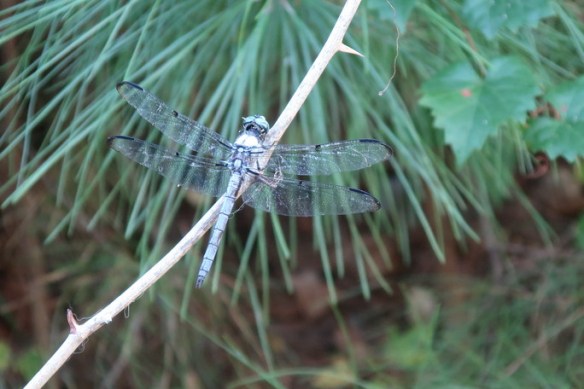For the past ten days, I’ve been enjoying down time on the barrier islands of Chincoteague and Assateague off the coasts of Maryland and Virginia. It has been part of the quest for balance in life. When we plan a getaway or vacation, it is that need to counteract the everyday demands of work and other responsibilities. An opportunity to press the reset button so we maintain an even keel and thus keep perspective of what truly matters. Nothing quite as effective as a healthy dose of nature to do the job.
It is heart-achingly beautiful here. Known primarily for the wild ponies that inhabit them, these islands are the last remaining undeveloped outer banks. And remain they shall, thanks to the designation of being a National Seashore/Wildlife Refuge under the National Park Services. Like all our other National Parks, they are priceless national treasures.
It’s a fragile, ever-changing ecosystem here. Between the waves and winds of the mighty and temperamental Atlantic Ocean, the terrain,flora and fauna are in constant flux. New ‘islands’ are built, old ones shrink or grow, shorelines shift, the resilient wildlife adapt and somehow, an equilibrium is maintained. Retreating dunes mark the island’s westward move and as the water in the bays rise in response to rising ocean water, the coastlines are redrawn. New habitats are created and old ones re-adapted. Plants and animals adjust to these changes. Rich in aquatic life, the bays provide a vital ecosystem. The salt marshes, defined by the ebb and flow of the tides are yet another complex, vital ecosystem in themselves. The plants that thrive in salt marshes may be few but they shelter a diverse number of wildlife. The dunes and upper beaches are in constant motion and support a different variety of plants and animals.
Even as eel grass is tossed up by storm surges, it is turned into a substrate that enriches the soil in the marshes. Ribbed mussels have a relationship with the long water roots of salt grasses found along the edges of the marshy islands. Egrets ride on the horses to see what choice morsels they might reveal as they plod around and disturb the wet land. In turn, they help the horses by dealing with the biting insects so prevalent here. The horses feed on the salty grasses and also the poison ivy – I found that latter item quite interesting.
In an ideal situation, these parts would manage fine and life would play out naturally. It’s a real gift that we humans get to visit and observe. But yet, we manage to upset the balance. Despite all the cautions and advice from the park rangers, people often try to get too close to the horses ( selfies!) or try feeding them. The horses, as a result can get too familiar with our presence and come to expect treats to supplement their diet. These are wild animals with strong teeth and legs – their bites and kicks are fearsome. Getting too close or goading them has unfortunate consequences for man and horse. Why oh why can we not stay away from our own worst habits?!
We got very lucky with Hurricane Dorian last week. A harmless tropical storm was all we experienced. Two windy days of which one was rainy. Some localized flooding but nothing problematic. I imagine this was however, a more serious threat for the wildlife as they were deprived of their regular feeding forays and had to seek shelter to wait out the weather. For me, it was enough to be made acutely aware of how fragile life is and how much we take it for granted.
When I return home shortly, I plan to carry this awareness in my heart and strive harder to stay centered, as always, taking my cues from nature in maintaining a balance.
P.S- I also plan to increase my annual contribution to the National Parks. In recent times they have seen major budget cuts. This is nothing short of a crisis of tremendous proportion with far-reaching consequences. I beseech every single one of you to do your part in preserving our national treasure – this beautiful, majestic land of mountains and plains, lakes, rivers and coasts that we call home.
See the images below for a glimpse of Assateague/Chicoteague beauty.
Note: I’m participating in this show. I hope you will see it.













[do_widget “Blog Subscriptions (Jetpack)”]














